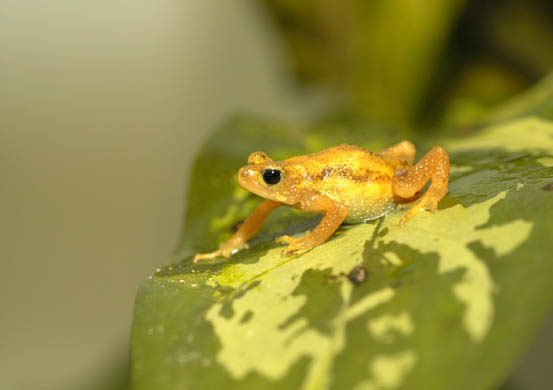Scientists identify 17,000 endangered species
Conservation groups warn of ‘alarming’ loss of biodiversity as thousands of animals face imminent extinction 
By Andy McSmith, Tuesday, 3 November 2009 Six years ago, these tiny mustard-coloured toads could be found in their thousands, living under the spray from an African waterfall. No one even knew they existed until 1996. Yet today the Kihansi spray toad will be declared extinct in the wild, a symbol of the plight facing 17,000 species that are slipping towards obscurity. In the case of this charming creature, which unusually for a toad does not start life as a tadpole but as a tiny purple-hued toadlet, a dam and a fungus have combined to bring about its extermination. Almost one-third of amphibians are at risk, making them the most endangered group on the planet, according to the latest Red List of Threatened Species, published today by the International Union for Conservation of Nature. The registers assesses the status of 47,677 species. Of the 6,285 assessed amphibian types, 1,895 are in peril. The Kihansi spray toad, three-quarters of an inch long when fully grown, lived in a wild gorge beneath the Kihansi waterfall in Tanzania. As recently as June 2003 there were reckoned to be almost 21,000 of them; it was only officially discovered in the mid-1990s, when an environmental study was carried out to test the impact of a power dam that the Tanzanian government proposed to build above the waterfall. Work on the dam began in 2000, and an artificial spray system was used to protect the toads. But in 2003, it broke down. At about the same time, the dam was briefly opened to flush out sediments, including pesticides which sluiced across the toads’ habitat. By the following January, the sound of the male toad calling for his mate had all but disappeared. With their numbers down and their resistance weakened, the toads were finished off by the fungal disease chytridiomycosis. The only known survivors are in zoos.